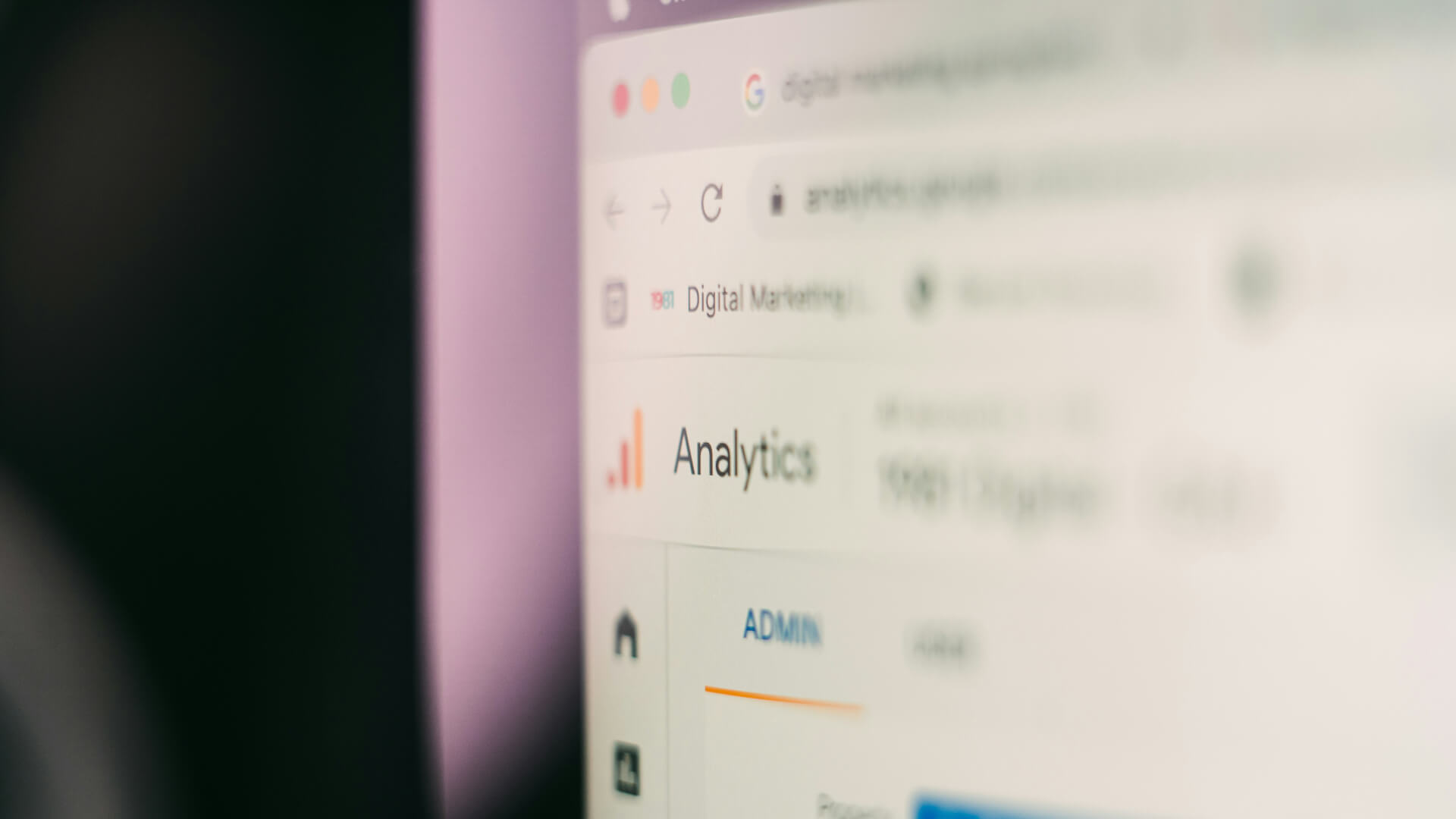It’s a simple question that can greatly impact your church: Have you installed Google Analytics on your church website? If the answer is no, don’t worry—it’s a straightforward process. Google Analytics is a powerful tool that can provide your church insights into how visitors interact with your site. By understanding these interactions, you can make decisions on how to update experiences or create better content to meet the needs of your congregation and ultimately foster a more engaging online presence.
As a church, having a finger on the pulse of your website can significantly contribute to your growth this year. With Google Analytics, you can track various metrics such as the number of visitors, the pages they visit most frequently, the duration of their visits, and even their geographical locations. This data enables you to identify trends, understand what resonates with your audience, and adjust your strategies accordingly. The potential benefits are immense, and don’t worry, it’s simple to get started.
What is Google Analytics?
Google Analytics is a tool that allows you to track and analyze your website traffic and user behavior to make informed decisions and improve your online presence. Launching in 2005, it became a staple tool on every website.
Here’s a quick history lesson…

How can I view Google Analytics data?
As a church, you will likely receive hundreds of visitors to your website each week. These visitors could come from various sources, such as social media, Google search, direct visits, or other referral sites. Understanding where your traffic comes from and how users interact with your site can provide valuable insights into your audience’s behavior and preferences. For instance, when visitors land on your homepage, it’s crucial to know what the first thing they interact with is. This information can help you optimize your content and layout to better meet the needs of your congregation and new visitors.
To view this data in Google Analytics, start by heading to the Google Analytics Dashboard at https://analytics.google.com/analytics/web/ and ensure you are signed in with the relevant account associated with your church’s website. Once logged in, navigate to the “Home” tab, where you can see an overview of your website’s performance. For more detailed insights, go to the “Report” on the left and click on “Engagement,” then select “Pages and Screens” to see which pages are being viewed the most.

Additionally, the “Acquisition” section will show you where your visitors are coming from, whether it’s social media, organic search, direct traffic, or other sources.
What do I do with Google Analytics data?
Now that you’ve discovered how people are interacting with your website, it’s time to take action based on these insights. Begin by identifying the top pages people view apart from your homepage. For example, if the top page is your events page, this indicates that new visitors are keen to find out what events are happening at your church. Ensure you have clear call-to-action buttons on all your event pages. They make it easy for new visitors to get involved and join your community.
Another key page might be the “Watch Live” or “Church Online” page. This shows that new visitors and church members are watching your online services. You could improve this by adding clear instructions on how to join. Add a live chat or forums to bring community among online attendees.
The next most-viewed page might be the “New Here” section. This shows how the website is directing new visitors to how they can get involved. So, make sure this section is welcoming and informative, with clear next steps for new visitors to follow. This can enhance the overall user experience and better engage both new and returning visitors to your church’s website.
The direction of what I’m saying here is to take a look at what’s happening. And brainstorm some ideas on what to do. See more people viewing your Giving Page? Then audit your page; is it clear on how to donate? Do you give enough information? It’s a continuous process, but using data to be a driving force helps you make the right ones.
How can I install Google Analytics?
If you already use our platform, simply copy your Measurement ID (G-XXXXXXXXXX) and paste it into our Google Analytics integration. But if you aren’t on The Church Co Website Builder, here are three simple steps to install Google Analytics.
1. Create a Google Analytics Account:
- Go to Google Analytics and sign in with your Google account. If you don’t have one, you’ll need to create it.
- Click on “Start for free” and follow the prompts to set up your account, property, and data stream.
2. Add the Tracking Code to Your Website:
- Once your account is set up, Google Analytics will provide you with a tracking code.
- Copy this code and paste it into the header section of your website’s HTML. This can usually be done through your website’s admin panel or by directly editing the HTML files.
3. Verify and Start Tracking:
- After adding the tracking code, go back to Google Analytics and verify that the code is working.
- It may take a few hours for data to start appearing in your dashboard.
Get right into your data. And if you’d like us to help you get started with The Church Co, reach out to our team at [email protected] and we’d be more than happy to help.

